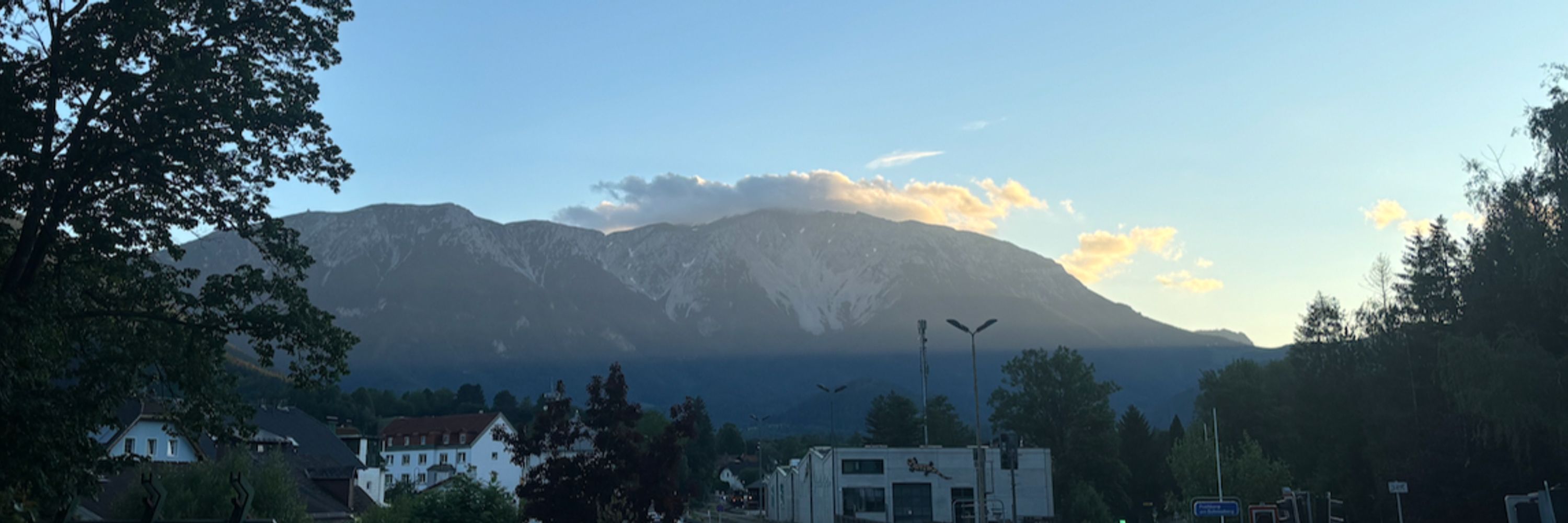
Congrats @melaniekrich.bsky.social @tatiana-vernie.bsky.social et al. for the hard work!
EPP1 is the fourth member of the Common Symbiosis Pathway 🍄🌱!
The continuation of a long standing project started by @oswaldovaldesl.bsky.social in @jeanmichelane.bsky.social‘s lab. 1/7 🧵

Congrats @melaniekrich.bsky.social @tatiana-vernie.bsky.social et al. for the hard work!
EPP1 is the fourth member of the Common Symbiosis Pathway 🍄🌱!
#plantscience
www.science.org/doi/10.1126/...

#plantscience
www.science.org/doi/10.1126/...

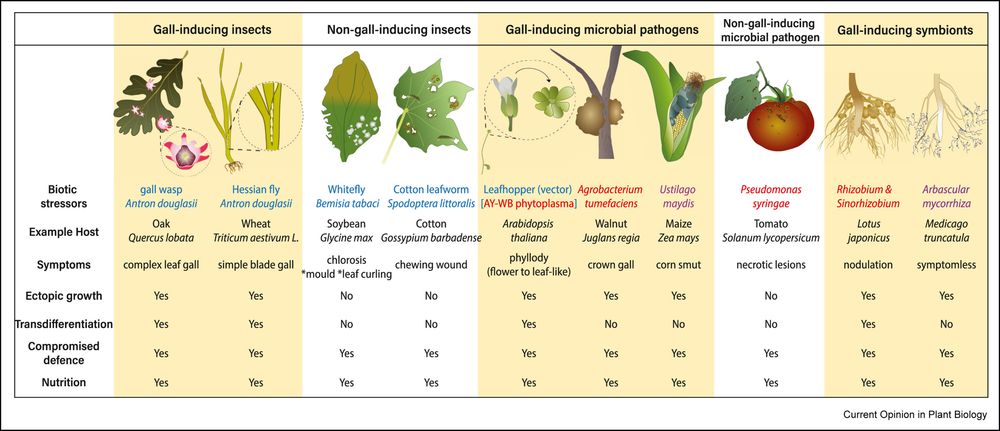
Two days before my PhD defence! 🎉 (1/6)
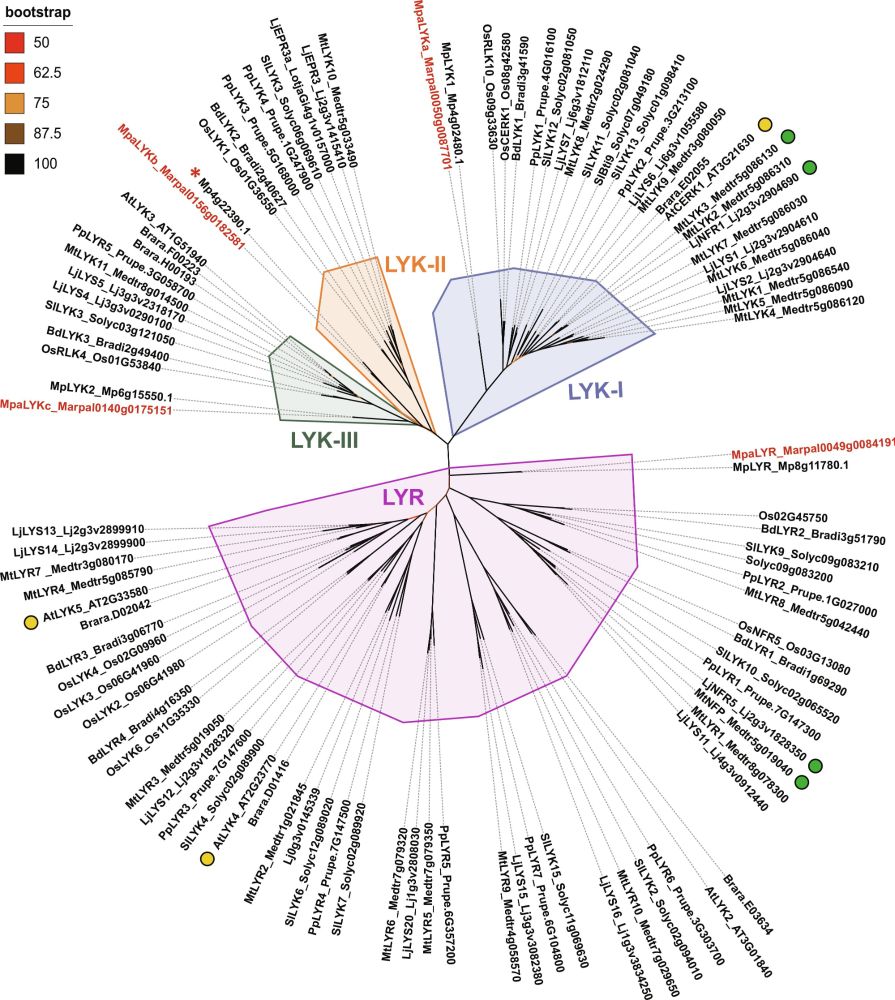
Two days before my PhD defence! 🎉 (1/6)
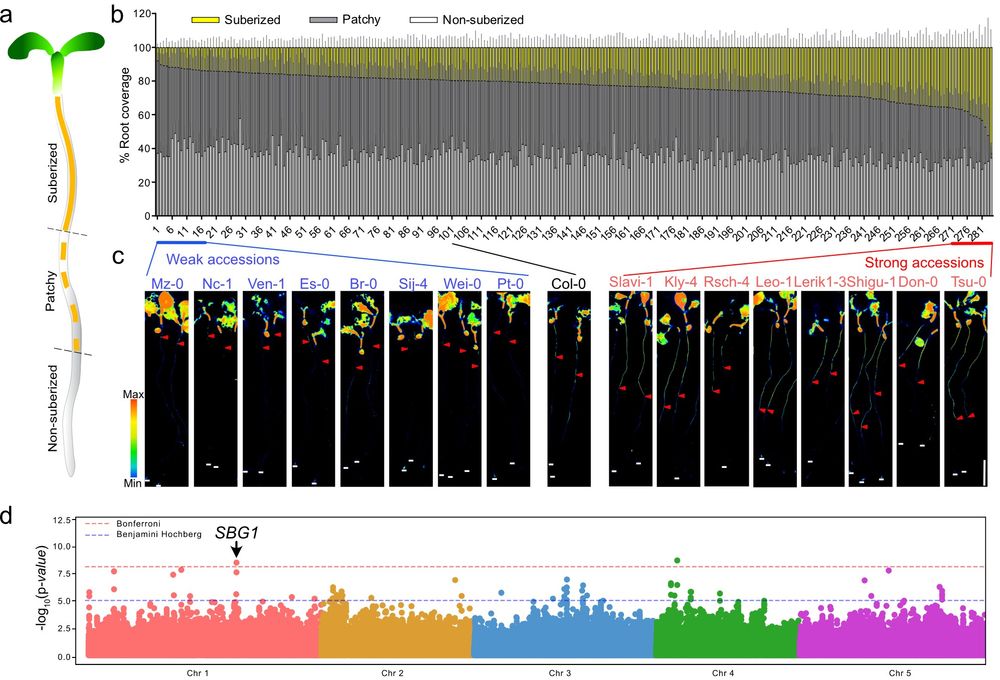
A new study led by T. Heitz & colleages reveals how Jasmonic Acid Oxidases (JAOs) help rice fine-tune this balance, even without stress.
Published in
@PlantPhys
🔗 doi.org/10.1093/plph...
#PlantBiology #Hormones #Rice

A new study led by T. Heitz & colleages reveals how Jasmonic Acid Oxidases (JAOs) help rice fine-tune this balance, even without stress.
Published in
@PlantPhys
🔗 doi.org/10.1093/plph...
#PlantBiology #Hormones #Rice
www.biorxiv.org/content/10.1...

www.biorxiv.org/content/10.1...
Here’s a little thread (1/18)
www.nature.com/articles/s41...
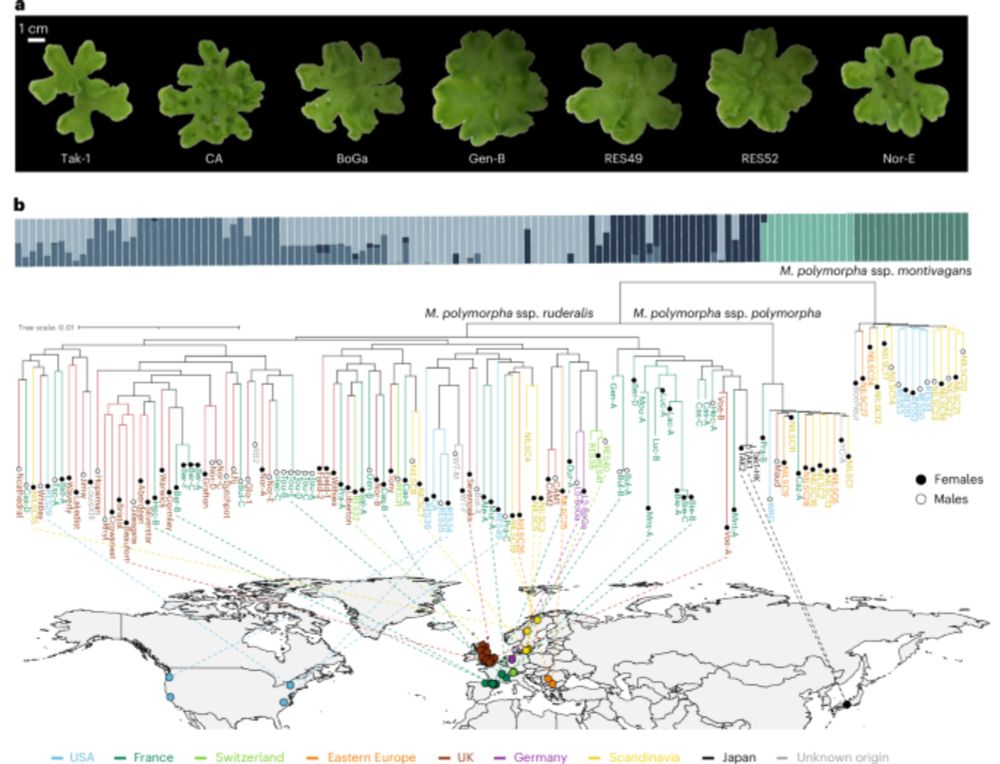
Here’s a little thread (1/18)
www.nature.com/articles/s41...
#PlantScience
www.nature.com/articles/s41...
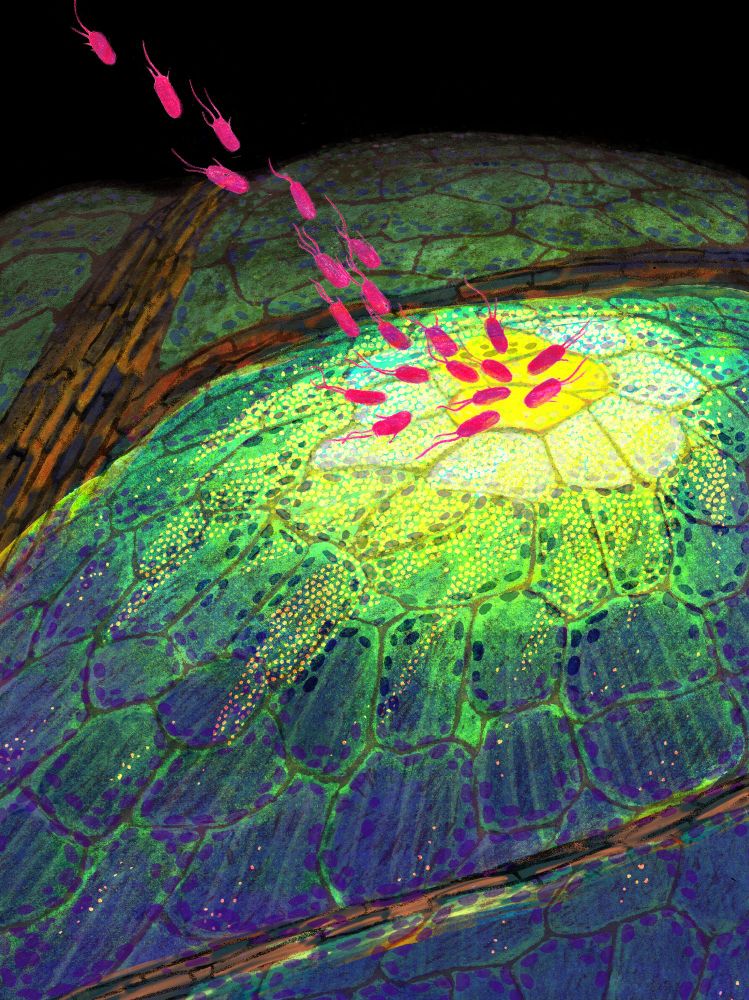
#PlantScience
www.nature.com/articles/s41...
Key components in algal pyrenoid-based CO2-concentrating mechanisms are conserved in hornworts and probably serve similar functions.

Key components in algal pyrenoid-based CO2-concentrating mechanisms are conserved in hornworts and probably serve similar functions.


